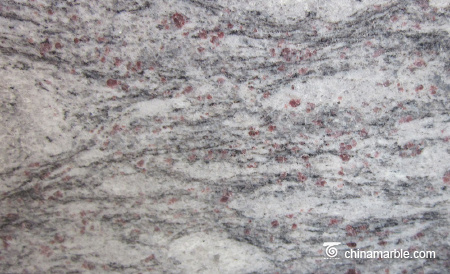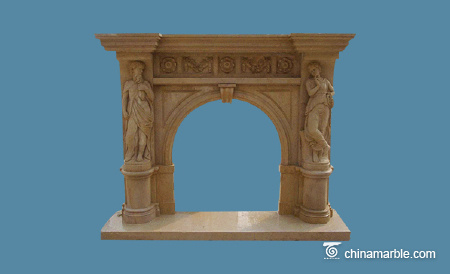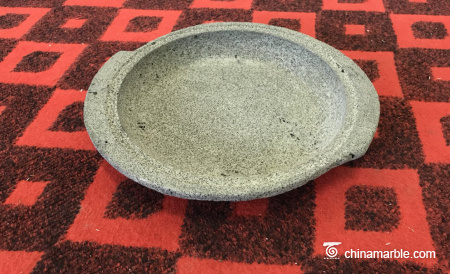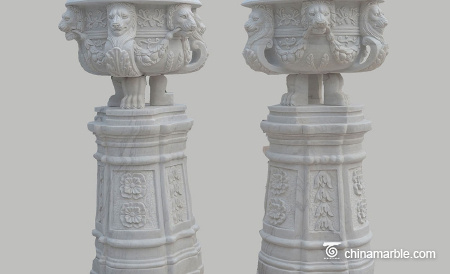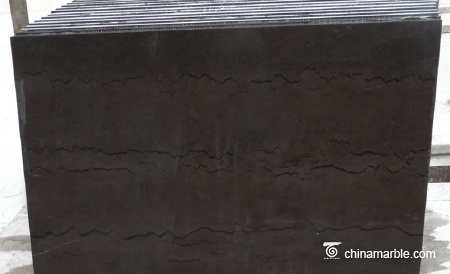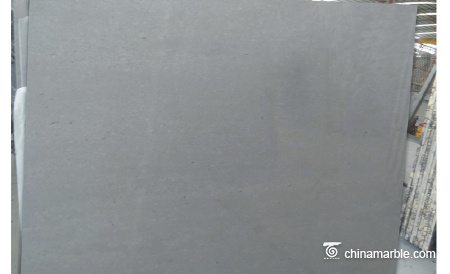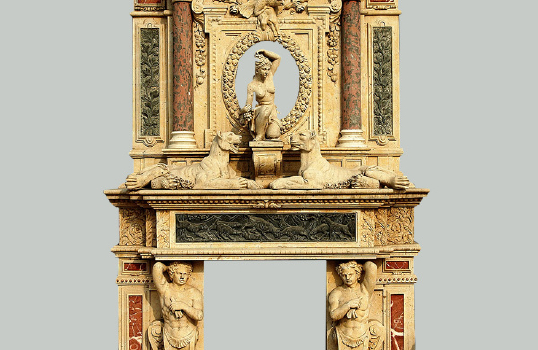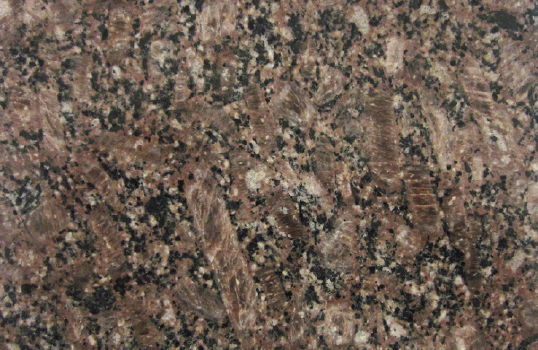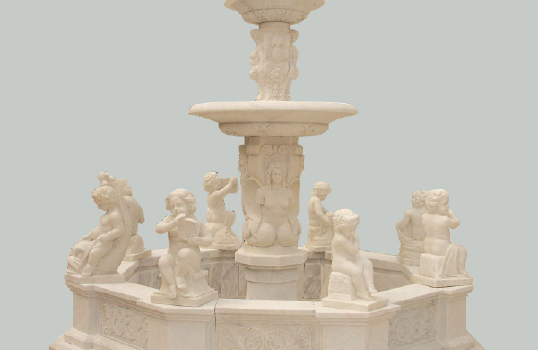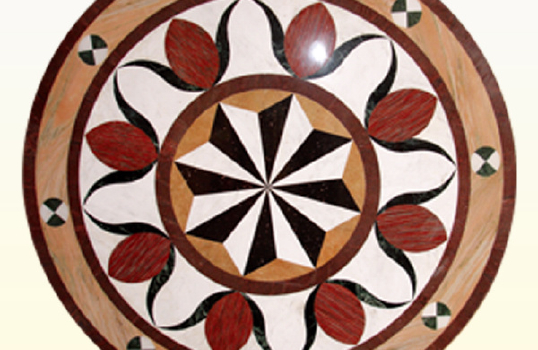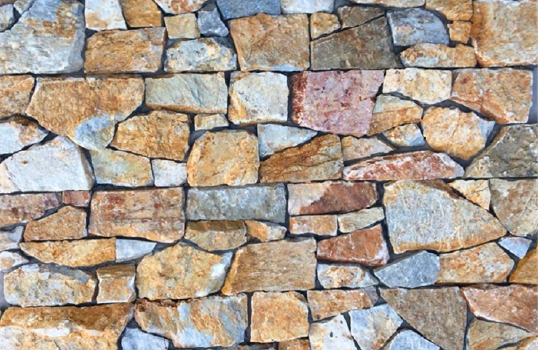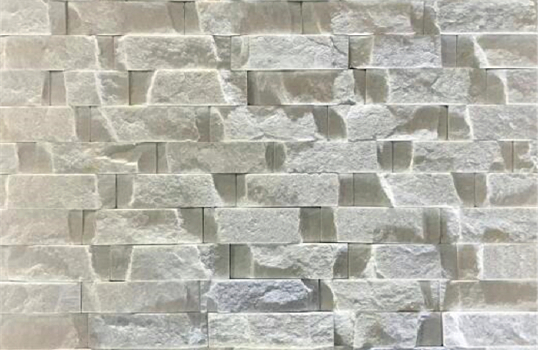Marble granite material on the difference
The way to distinguish between marble and granite by the naked eye is to look at their pattern. marble pattern changes rich, smooth pattern of freehand brushwork, and rich color changes. And granite patterns are spotted, there is no obvious pattern of molding, and the color is generally white and gray, relatively simple.
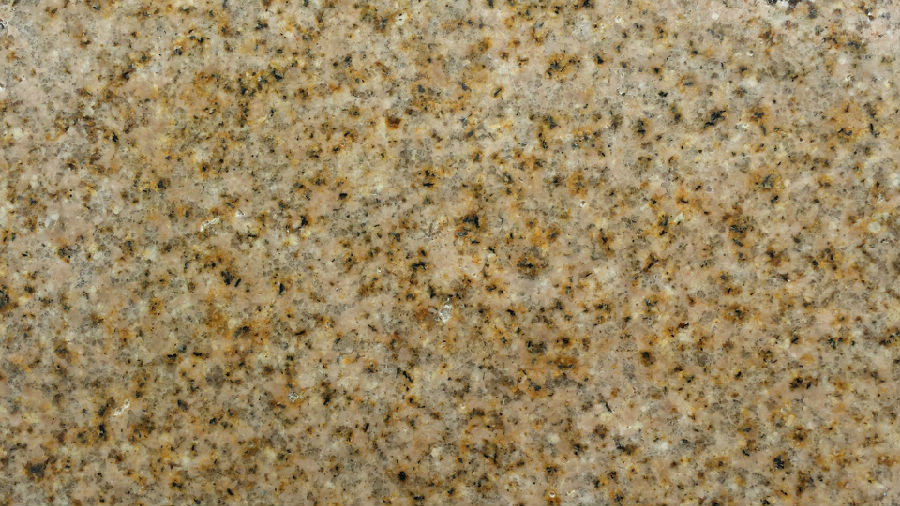
Granite is igneous, from the underground magma jet and intrusion cooling crystallization, and granitic metamorphic rocks formed. With visible crystal structure and texture. It consists of feldspar (usually potassium feldspar and amphibole) and quartz, mixed with a small amount of mica (biotite or muscovite) and trace minerals, such as: zircon, apatite, magnetite, ilmenite And stone and so on. Granite is the main component of silica, its content is about 65% -85%.
The chemical properties of granite are weakly acidic. Normally, the granite is slightly white or gray, with a dark crystal, the appearance of a spot, potassium feldspar to make it red or flesh. Granite slowly formed by the magma cooling crystallization, buried in the surface below, when the cooling rate is unusually slow, it forms a very rough texture of granite, it is called crystalline granite. Granite and other crystalline rocks form the basis of the continental plate, it is also exposed to the Earth's most common intrusive rocks.
Although granite is thought to be igneous from the melted material or magma, there is a wealth of evidence that some granite formation is a localized or previously rocked product that is rearranged and recrystallized without a liquid or melting process. The granite has a specific gravity between 2.63 and 2.75 and has a compressive strength of 1,050 to 14,000 kg / cm² (15,000 to 20,000 psi). Because the strength of granite than sandstone, limestone and marble, so more difficult to mine. Due to the special conditions of granite formation and firm structural characteristics, it has the following unique properties:
(1) has a good decorative performance, applicable to public places and outdoor decoration.
(2) with excellent processing performance: saw, cut, polished, drilling, sculpture and so on. Its processing accuracy of up to 0.5μm below the luminous degree of more than 1600.
(3) wear resistance is good, 5-10 times higher than cast iron.
(4) thermal expansion coefficient is small, not easy to deformation, and indium steel is similar to the temperature affected by minimal.
(5) elastic modulus, higher than cast iron.
(6) good rigidity, large internal damping coefficient, 15 times larger than steel. Can shock, shock absorption.
(7) granite with brittle, damaged only partial loss, does not affect the overall straightness.
(8) granite chemical stability, not easy weathering, acid, alkali and corrosive gas erosion, the chemical and silica content is proportional to the service life of up to 200 years.
(9) granite with non-conductive, non-magnetic, field stability.
Usually, granite is divided into three different categories:
Fine granite: feldspar crystal with an average diameter of 1/16 to 1/8 inch.
Granular granite: feldspar crystal has an average diameter of about 1/4 inch.
Coarse granite: feldspar crystals have an average diameter of about 1/2 inch and a larger diameter crystal, and some even reach a few centimeters. The density of coarse granite is relatively low.
In recent years, the monument building used in the stone, granite accounted for 83%,marble accounted for 17%.
Marble is formed by metamorphic rocks of sedimentary rocks and sedimentary rocks, a metamorphic rock formed by the recrystallization of limestone, usually accompanied by a texture of a biological remains. The main component is calcium carbonate, its content is about 50% -75%, was weakly alkaline. Some marble contains a certain amount of silica, and some do not contain silica. Fine particles (referring to calcium carbonate), the surface stripes are generally less irregular distribution, low hardness. The composition of the marble is extremely structural so that it has the following properties:
(1) good decorative performance, marble does not contain radiation and bright color, rich colors, is widely used in indoor walls, the ground decoration. Has excellent processing performance: saw, cut, polished, drilling, sculpture and so on.
(2) marble wear resistance is good, not aging, its life is generally about 50-8 years.
(3) In the industry, marble is widely used. Such as: for raw materials, cleaning agents, metallurgical solvents.
(4) marble with non-conductive, non-magnetic, field stability and other characteristics.
Blue Sands Marble Board
From a commercial point of view, all naturally occurring, polished calcareous rocks are called marble, and some dolomite and serpentine are also true. Because not all of the marble are suitable for all construction sites, marble should be divided into A, B, C and D four categories. This classification is particularly applicable to relatively brittle C and D marbles, which require special treatment before or during installation.
Specific categories are as follows:
Class A: high quality marble, with the same, excellent processing quality, free of impurities and pores.
Class B: Features close to the former class of marble, but the processing quality is slightly worse than the former; there are natural flaws; need a small amount of separation, glue and filling.
Class C: there are some differences in processing quality; defects, stomata, texture fracture is more common. The difficulty of repairing these differences is medium and can be achieved by separating, gluing, filling or reinforcing one or more of these methods.
Class D: Features similar to Class C marble, but it contains more natural flaws, the greatest difference in processing quality, the need for the same method for multiple surface treatment. This kind of marble has a lot of colorful stone, they have a good decorative value. Stone Research Society stone5A
The difference between the use of marble granite
The most obvious difference between granite and marble is a multi-purpose outdoor, one more used indoors. Indoor to see the pattern of natural stone are mostly marble, and outdoor pavement shop spotted natural stone is granite.
Why is there such a clear distinction between places?
The reason is that granite wear acid corrosion resistance, wind and sun can also use long. In addition, according to the radioactive level of granite is divided into ABC three categories: Class A products can be used in any occasion, including office and family room; B class of radioactive than Class A, can not be used for the interior of the room, but can be used for other All kinds of buildings inside and outside the surface; Class C products are higher than the A, B two categories, can only be used for building exterior; more than C standard control value of natural stone, can only be used for seawall, Monuments and other uses.
Marble lines are beautiful and suitable for use in interior decoration. Marble is fine, smooth as a mirror, has a strong ornamental, it is widely used in the field of art, in the Great Hall of the city there is a huge fine marble screen. marble radiation is negligible, the spread of the marble on the network are rumors.
From:marble
Hot Products
